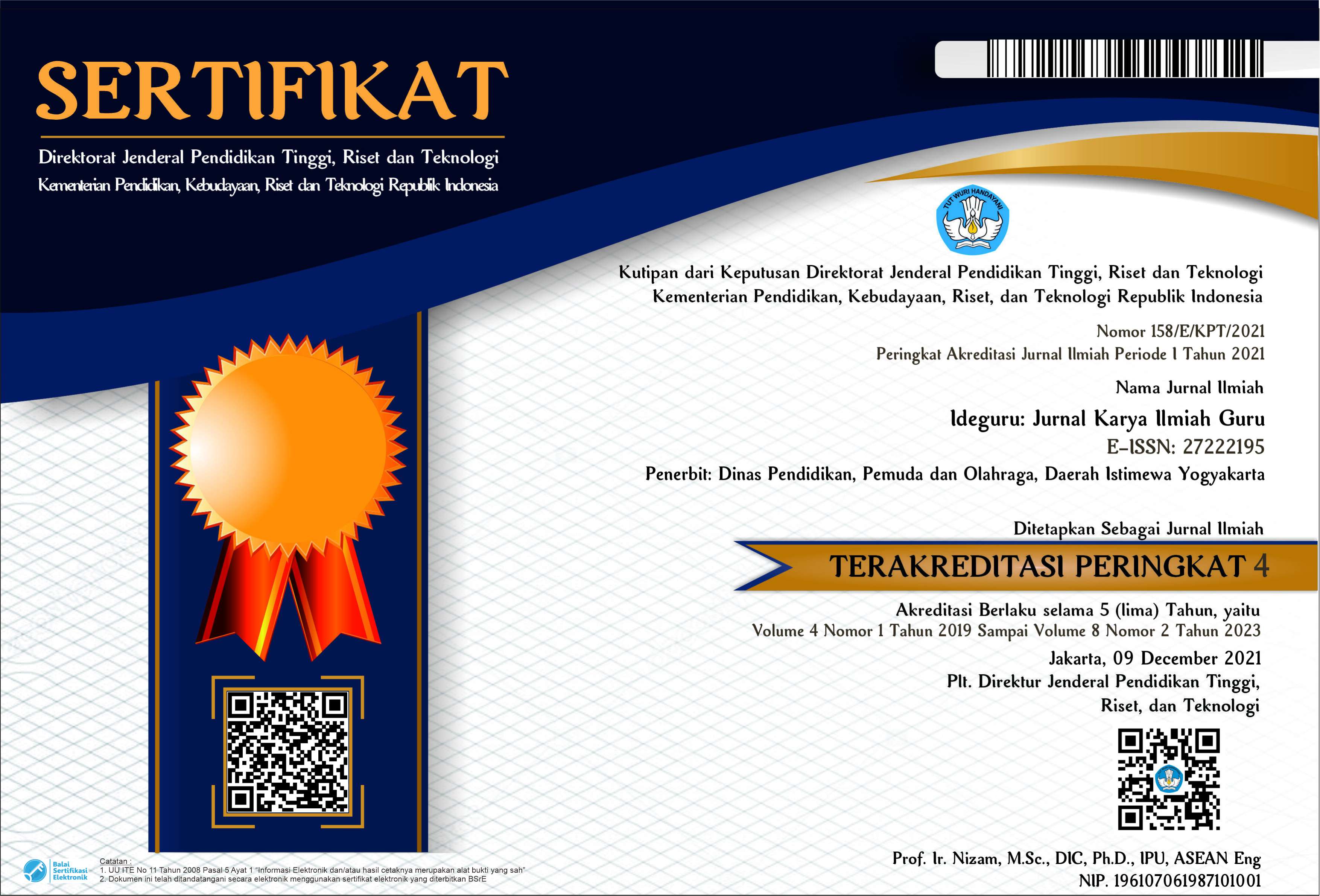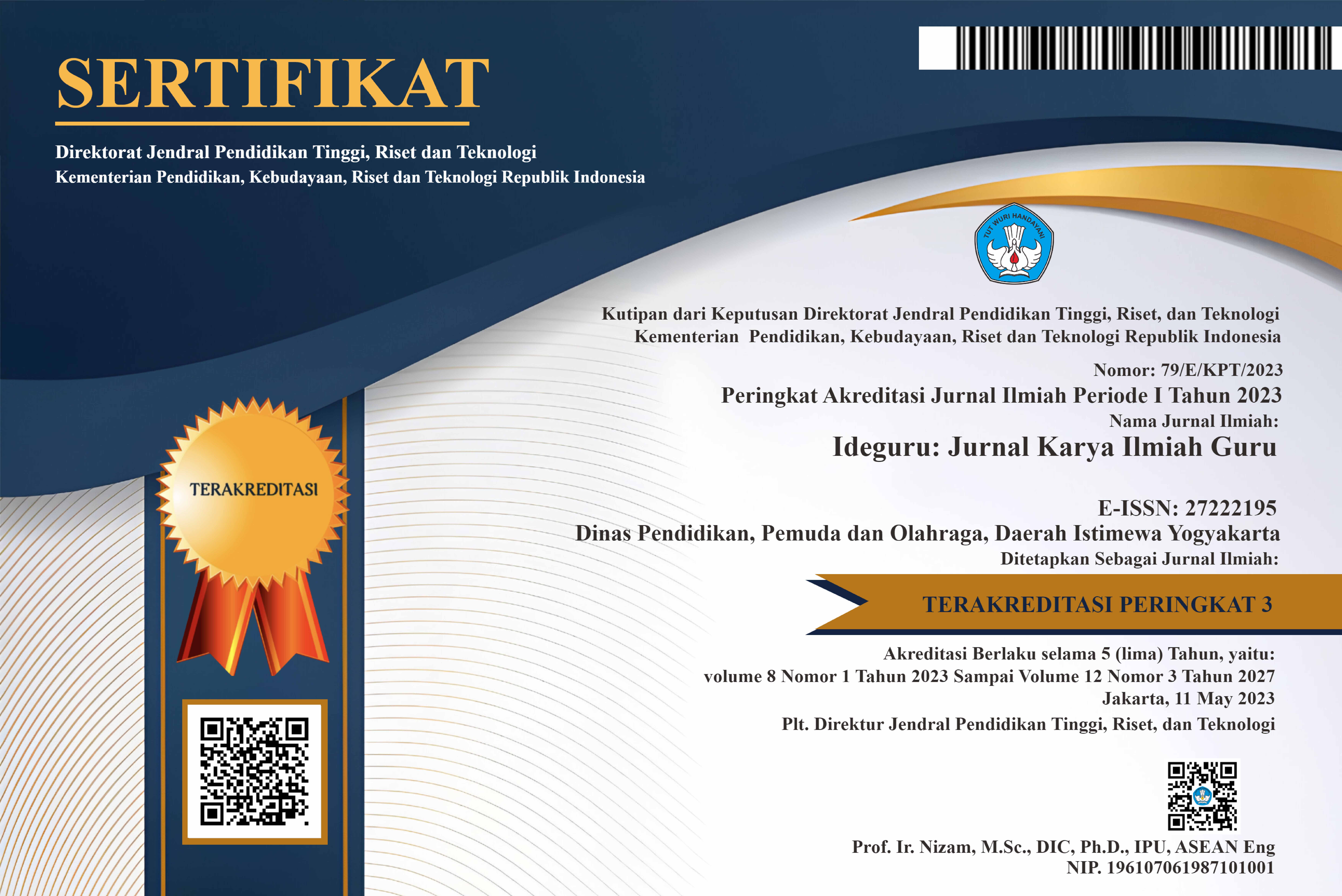Eksplorasi Pengalaman Belajar Mahasiswa dalam Menggunakan Whatsapp sebagai Media Pembelajaran di Perguruan Tinggi
Abstract
Technological developments have changed the learning process. With technology, educators and students can easily interact and improve the quality of education at the tertiary level. Currently, WhatsApp is the most widely used learning media in tertiary institutions and provides a new learning experience for students. The experience of using WhatsApp is considered not to be better if it is not accompanied by face-to-face learning. This study aims to identify students' learning experiences in using WhatsApp as a learning medium, identify obstacles experienced by students, identify strategies used by students to overcome obstacles experienced, and find out who plays a role in helping students in resolving the obstacles they experience. This study is a qualitative narrative inquiry study. The data sources for this study include students of Sebelas Maret University, Surakarta (UNS). The sampling technique was purposive sampling. Data collection was carried out using diaries, interviews and documentation. The results of this study are that students are able to actively participate in learning, easily get learning materials and reopen them, easily communicate and easily complete assignments. However, students experience obstacles such as miscommunication, no quota, WIFI network, and difficult to understand material. To overcome obstacles, the strategies used by students are rereading the material, lecturer guidance, ensuring a good internet connection, and discussions with study friends with parties who help students overcome obstacles, namely family, campus, study friends, and lecturers.
PDF Downloads
Copyright (c) 2025 Isnaini Putri Laili Nur Alimah, Sri Sumarni, Fajar Danur Isnantyo

This work is licensed under a Creative Commons Attribution 4.0 International License.

 DOI:
DOI:













